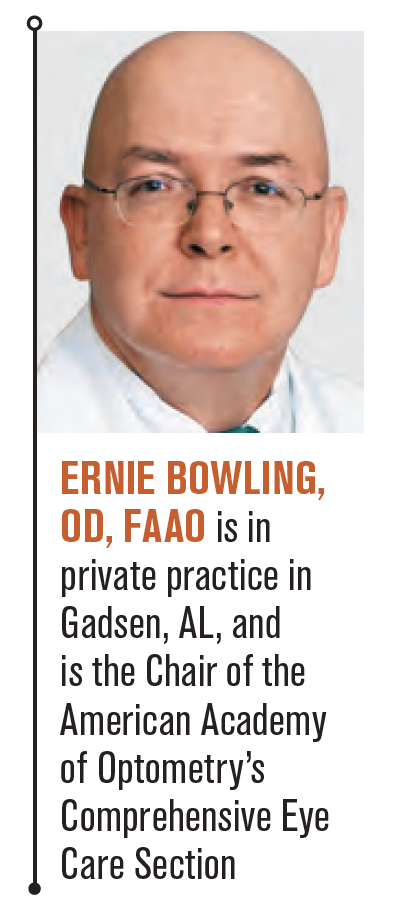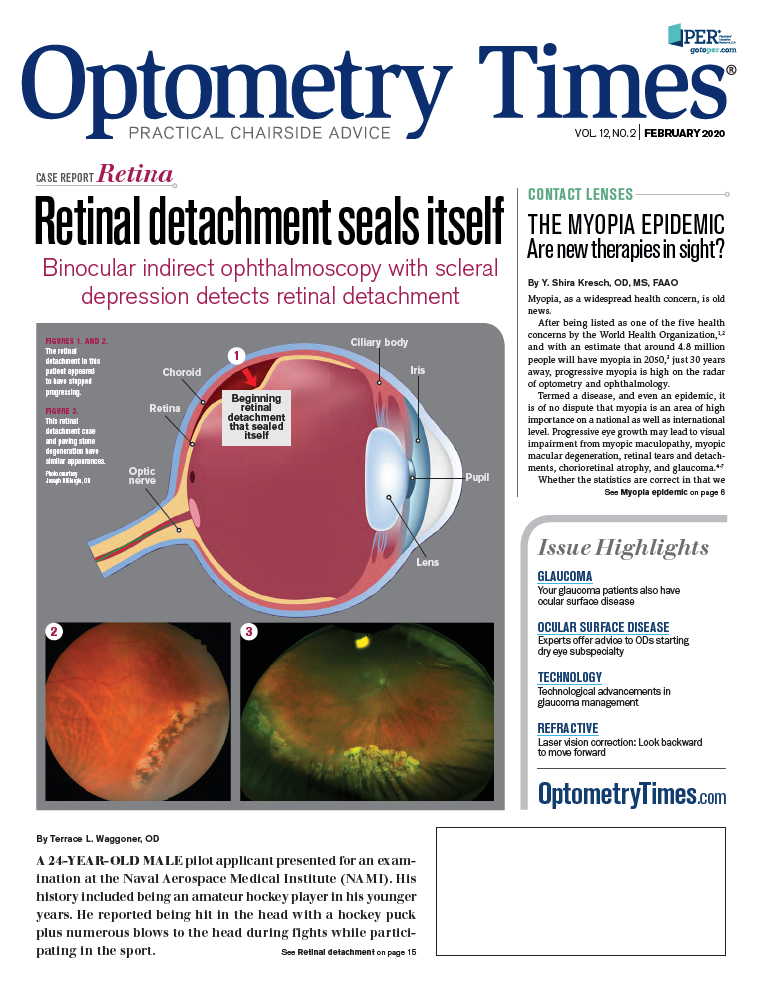Experts offer advice to ODs starting dry eye subspecialty
From developing an office protocol to screening all patients, read these supportive tips.


Four dry eye experts offer their suggestions to ODs who are interested in adding a dry eye clinic to their practices. Their suggestions include having a passion for dry eye instead of following the masses, creating a dry eye protocol, honing needed clinical skills, and incorporating patient questionnaires.
There is a lot of dry eye information available to ODs by a variety of channels. Lectures, articles, workshops-all for us to improve our dry eye diagnosis and treatment skills.
But how do you get started? Often the first steps in any process are the hardest.
Related: Your glaucoma patients also have ocular surface disease
I had the good fortune to discuss just this with four leaders in the dry eye field:
– Whitney Hauser, OD; director of clinical affairs at Keplr Vision, founder of Dry Eye Coach and Signal Ophthalmic Consulting
– Scott G. Hauswirth, OD, FAAO; assistant professor, department of ophthalmology at the University of Colorado School of Medicine – Tracy Swartz, OD, FAAO; in group practice in Madison, AL
– Crystal Brimer, OD, FAAO; in private practice in Wilmington, NC
To each of them I posed one question: What advice would you give to an OD wanting to start a dry eye subspecialty in their existing office?
Passion
A passion for the topic was mentioned by both Dr. Hauser and Dr. Swartz.
“Don’t treat dry eye because everyone else is,” offers Dr. Hauser. “Don’t be peer pressured into it. Have an interest in dry eye and want to pursue it, otherwise you’ll quit.”
“You have to have a passion for dry eye,” adds Dr. Swartz.”You sincerely have to want to make the patient better.”
Related: New guidelines in OSD evaluation before surgery
Test your commitment
Related: Minimize symptoms of dry eye disease in refractive surgery patients
Every person in the practice needs to be on board with adding dry eye treatment.
“Commitment takes a team effort,” says Dr. Hauser. “You need staff buy-in to the project. What are you going to do internally?”
Dr. Hauswirth suggests that ODs first train themselves to be an observant clinician before fully jumping into treating dry eye.
“There is dry eye, and then there are a lot of masqueraders,” he says. “You have to become a good problem-solver.”
Dr. Brimer made an interesting point: “What one thing am I going to do that is so easy I can’t say no to it? Create a space and time for it,” she says.
Related: Treat dry eye disease first, address comfort next
Develop a protocol
Several ODs suggested that the first step in starting with dry eye testing is developing an office protocol.
Dr. Hauswirth recommends ODs interested in treating dry eye should begin with improving skills.
“Use your vital dyes, use your eyes, and perhaps invest in one or two things to get started. Don’t invest a ton of money into diagnostics until you get good at the basics,” he says.
Dr. Hauser agrees. “Spending money isn’t hard,” she says, “but don’t do that at first.”
“I use staining patterns, InflammaDry (Quidel), Standard Patient Evaluation of Eye Dryness (SPEED) scores, topography, and meibomography,” adds Dr. Swartz.
Related: Do ODs take chronic inflammation seriously?
The docs also recommended the use of a patient questionnaire to track symptoms.
Says Dr. Swartz: “I use the SPEED survey, but the important point is to make use of a patient survey,” Dr. Schwartz says.
Related: Amniotic membrane grafts help ocular surface disease
“The majority of offices do not make use of surveys,” adds Dr. Brimer.
Dr. Hauswirth suggests that ODs become familiar with gland expression and closely examining lids, glands, and the ocular surface in general.
“Understand what environmental stressors contribute,” he says. “Evaporative stress may be different in Colorado than in South Florida, for example.”
Related: Why OAB should be considered before cataract removal
Screen every patient
The doctors agree that screening patients is a great way to get started in treating dry eye.
“Play in your own sandbox before seeking referrals,” says Dr. Hauser. “Primary-care patients have dry eye. Don’t let your normal patient flow camouflage the dry eye patients in front of you.”
Dr Brimer agrees that most practices have untreated dry eye patients already there. “Doctors and staff have to realize how prevalent dry eye is in their offices,” she says.
“Doctors have no idea how many people are suffering from dry eye in their practices. A lot of dry eye patients are missed because the patient isn’t complaining. A consistent screening process of every patient will identify those patients.”
Dr. Brimer recommends that ODs screen every patient for dry eye.
Related: Modern-day techniques for diagnosing dry eye disease
Dr. Hauswirth agrees: “You have to look for dry eye,” he says. “Optometry-like most of medicine-is a reactive profession. To treat dry eye well, ODs have to be looking for changes before the patient has symptoms.”
Related: How to address the three aspects of dry eye disease
Keep it simple
The ODs recommend starting small initially.
“Don’t overthink it,” recommends Dr. Brimer, “and don’t be overwhelmed, either.”
Dr. Hauswirth suggests ODs attempt to learn from every single case in order to become a dry eye expert.
“Learn to keep an open mind when approaching a patient,” he says. “dry eye is a puzzle, and you have to get good at problem solving.”
Dr. Swartz says ODs needs to really listen when talking with patients.
“Plus, eyecare practitioners are constantly changing what they think about dry eye. You have to be willing to adapt,” she says.
Remember that what works for one practice may not work for another, according to Dr. Hauser.
“Figure out what fits into your practice, then make it work,” she says.
More by Dr. Bowling: Remember the basics as dry eye treatments expand

Newsletter
Want more insights like this? Subscribe to Optometry Times and get clinical pearls and practice tips delivered straight to your inbox.